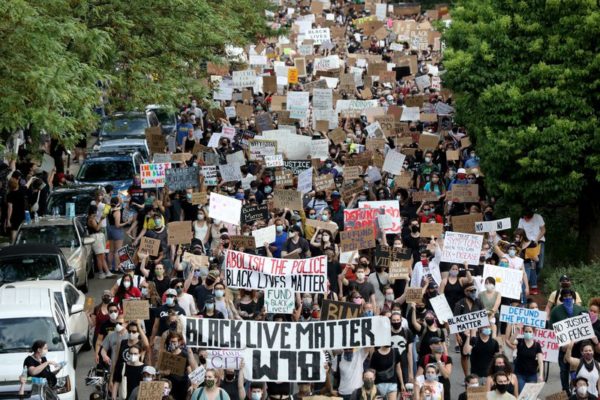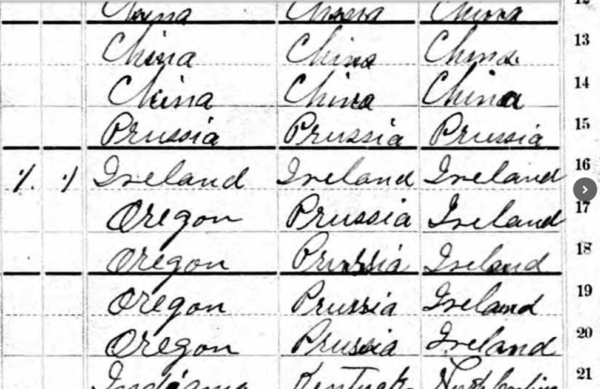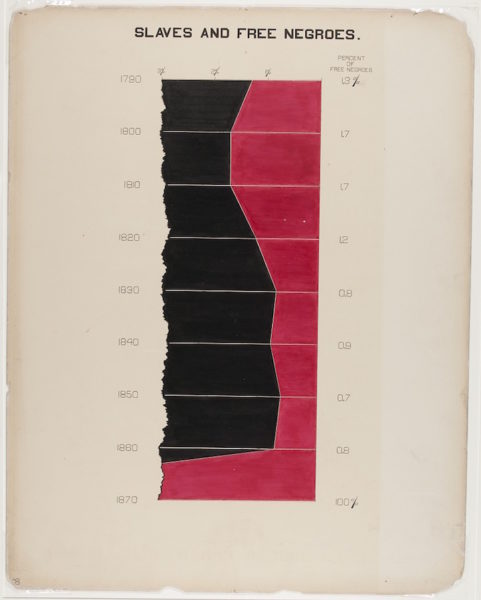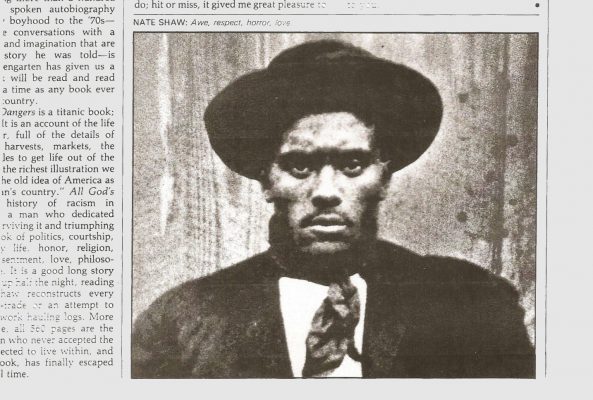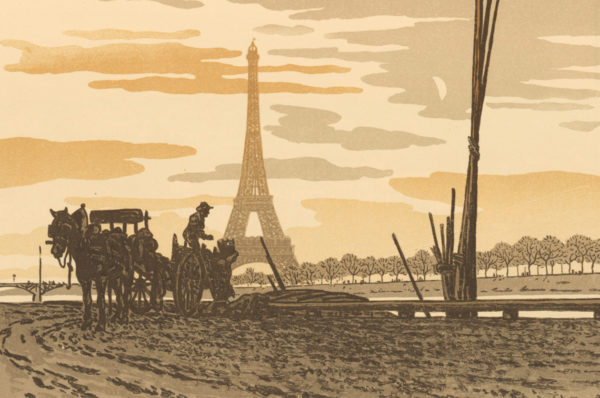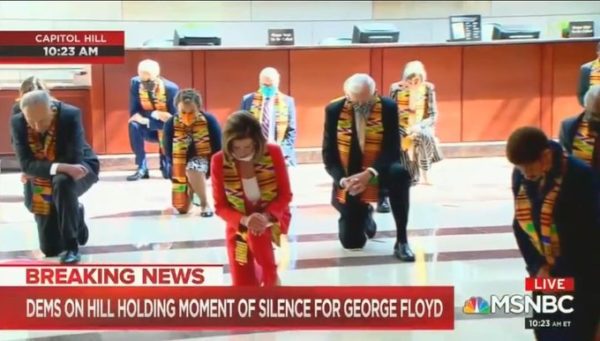
The Triumph of Black Lives Matter and Neoliberal Redemption
Black Lives Matter sentiment is essentially a militant expression of racial liberalism. Such expressions are not a threat but rather a bulwark to the neoliberal project that has obliterated the social wage, gutted public sector employment and worker pensions, undermined collective bargaining and union power, and rolled out an expansive carceral apparatus, all developments that have adversely affected black workers and communities. Sure, some activists are calling for defunding police departments and de-carceration, but as a popular slogan, Black Lives Matter is a cry for full recognition within the established terms of liberal democratic capitalism. And the ruling class agrees.

